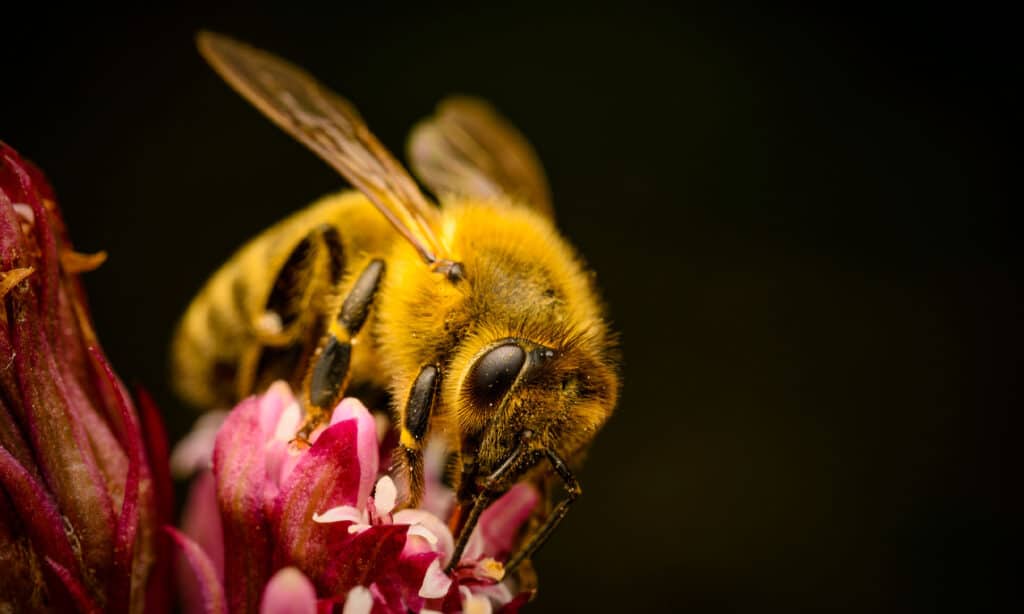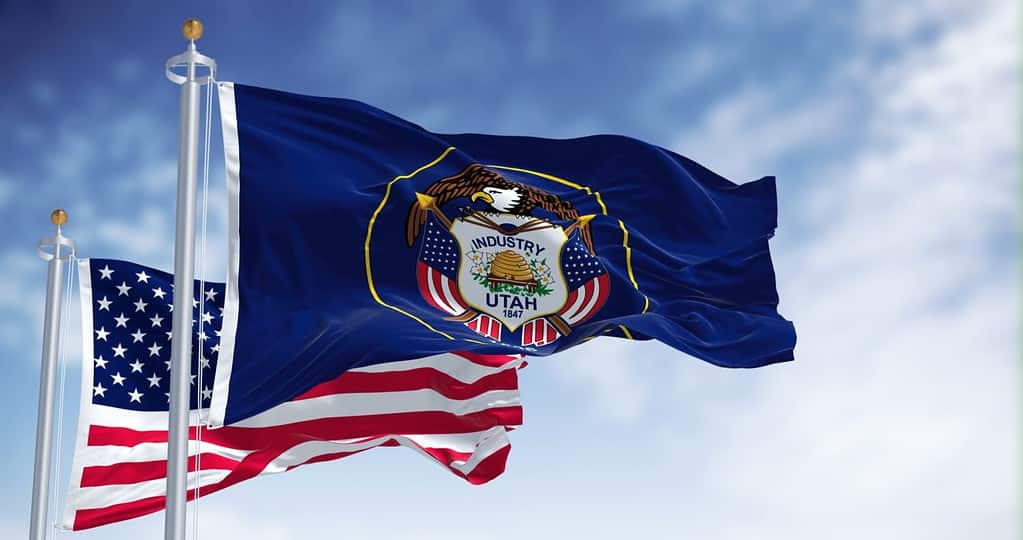Utah is a state in the Mountain West region of the United States. It shares a border with Colorado to the east, Wyoming to the northeast, Idaho to the north, Nevada to the west, and Arizona to the south. Utah was admitted into the union in 1896, making it the 45th state. It has two unofficial nicknames: “The Mormon State” and “Deseret.” Utah’s official nickname is “The Beehive State,” which hints at the state’s official insect.
Utah has incredible geographic and ecological diversity. The state is home to three distinct geological regions: the Rocky Mountains, the Great Basin, and the Colorado Plateau. Due to its unique location, Utah features vast deserts, pine forests, and of course, the Great Salt Lake. As is the case in many western and southwestern states, the federal government owns much of the land in Utah. In fact, more than 70 percent of the land in Utah is owned by the federal government. Interestingly, Utah is the only state where every county has some national forest land.

Angels Landing in Zion National Park is one of Utah’s amazing geographic features.
©Steve Cukrov/Shutterstock.com
The Official Utah State Insect
Utah’s official nickname and official state insect both come from the state’s history of Mormon settlers. Brigham Young, who led the first Mormon settlers to Utah in the 1840s, first called the territory “Deseret.” According to the Book of Mormon, “Deseret” is an ancient word for honey bees. The flag of Utah features a beehive, which symbolizes industriousness and self-reliance. In 1959, Utah’s official nickname became The Beehive State. Additionally, in 1959, its official motto became “Industry,” which is a reference to the communal work of bees. From the state’s nickname and motto comes its official insect. The official Utah state insect is the western honey bee (Apis mellifera). The honey bee became one of Utah’s five official state animals in 1983.

The Western Honey Bee (Apis mellifera)
Western honey bees (Apis mellifera) are the most common species of honey bees (Apis genus). These amazing insects live on every continent except Antarctica and are native to Africa, Asia, the Middle East, and Europe. European colonists brought western honey bees to North America in the 1600s. Honey bees were one of the first insects that humans domesticated. Beekeeping is one of the oldest forms of animal husbandry and is a widespread industry today. To illustrate, the United States produced 126 million pounds of honey in 2021.
Honey bees and their hives symbolized industriousness and self-reliance to the early Mormon settlers of Utah. This symbolism is due to bees’ large, highly structured colonies and their honey production. During summer, a healthy hive population averages from 40,000 to 80,000 individuals. Honey bees have a social caste system where individuals fulfill specific roles in their hive. Queen bees are the only fertile females, and lay eggs for the hive. Worker bees are infertile females that collect pollen for honey production. Lastly, drone bees are males which fertilize the queen.

The western honey bee is the official state insect of Utah.
©iStock.com/Jan Rozehnal
Honey Bees in Utah
Western honey bees are one of more than 900 species of bees in Utah. The beekeeping industry began in Utah around the 1850s. Settlers brought these insects to Utah in the hopes of producing a sweetener. At the time, most Americans used sugar grown in the American south. However, sugar is not able to grow in the desert climate of Utah. Settlers began to keep bees in order to produce honey. Bees were also useful to early settlers for beeswax, which was used to make candles. Brigham Young was the first settler in Utah documented to have bee colonies. Ever since, beekeeping has grown in popularity in Utah, ultimately becoming the huge industry it is today.
Utah is currently the 24th state in terms of honey production. Utah produces many different varieties of honey including clover honey, wildflower honey, and alfalfa honey. Most beekeepers in Utah today keep Italian honey bees (Apis mellifera ligustica), which are a subspecies of western honey bees. Italian honey bees are selected because they are more docile and easier to keep. The Utah Department of Agriculture and Food regulates beekeeping, and beekeepers are required to register with the agency. Beekeeping is a valuable industry in the state. According to the United States Department of Agriculture, honey production rose 49 percent from 2019 to 2020. In 2019, the state produced 952,000 pounds of honey. It’s no wonder why the western honey bee is Utah’s official state insect!

The official Utah state flag features a honey bee hive.
©rarrarorro/Shutterstock.com
The photo featured at the top of this post is © Joe Guetzloff/Shutterstock.com
Thank you for reading! Have some feedback for us? Contact the AZ Animals editorial team.






